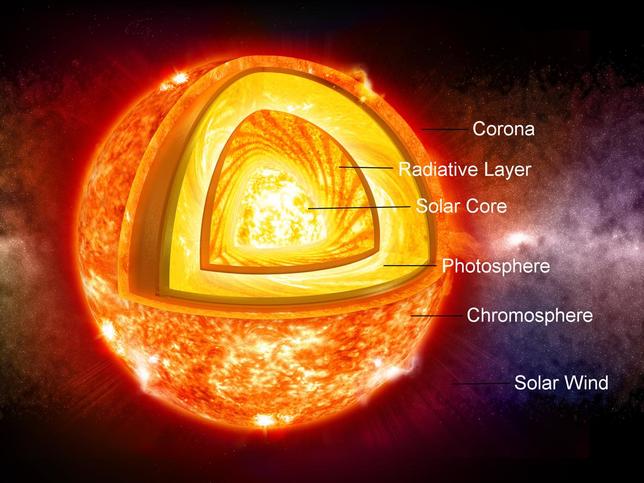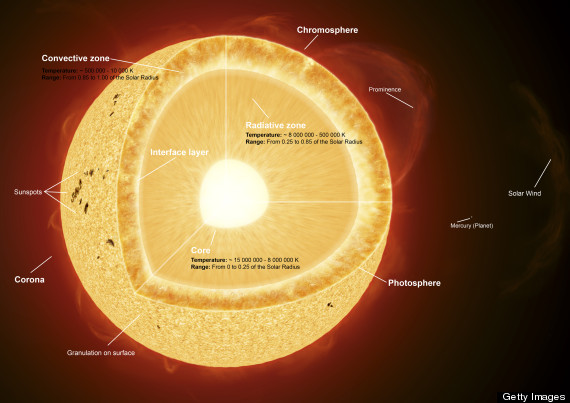

The fact that our Sun and the stars all have similar compositions and are made up of mostly hydrogen and helium was first shown in a brilliant thesis in 1925 by Cecilia Payne-Gaposchkin, the first woman to get a PhD in astronomy in the United States (Figure 2). Yet, being a woman, she was not given a formal appointment at Harvard, where she worked, until 1938 and was not appointed a professor until 1956. Cecilia Payne-Gaposchkin (1900–1979): Her 1925 doctoral thesis laid the foundations for understanding the composition of the Sun and the stars. The Abundance of Elements in the Sunįigure 2. (In our planet’s crust, the three most abundant elements are oxygen, silicon, and aluminum.) Although not like our planet’s, the makeup of the Sun is quite typical of stars in general. Examine that table and notice that the composition of the Sun’s outer layer is very different from Earth’s crust, where we live. The 10 most abundant gases in the Sun’s visible surface layer are listed in Table 1. All the other chemical elements (including those we know and love in our own bodies, such as carbon, oxygen, and nitrogen) make up only 2% of our star. About 73% of the Sun’s mass is hydrogen, and another 25% is helium. It turns out that the Sun contains the same elements as Earth but not in the same proportions. As explained in Radiation and Spectra, we can use a star’s absorption line spectrum to determine what elements are present. Let’s begin by asking what the solar atmosphere is made of. Sunspots and Doppler shift in spectra taken at the edge of the Sun Solar constant × area of spherical surface 1 AU in radiusĭerived from luminosity and radius of the Sun Instrument sensitive to radiation at all wavelengths

Gravitational acceleration at photosphere (surface gravity) Although some of the terms in that table may be unfamiliar to you right now, you will get to know them as you read further. Some of the basic characteristics of the Sun are listed in Table 1. (credit: modification of work by SOHO/EIT/ESA) Earth and the Sun: Here, Earth is shown to scale with part of the Sun and a giant loop of hot gas erupting from its surface.


 0 kommentar(er)
0 kommentar(er)
